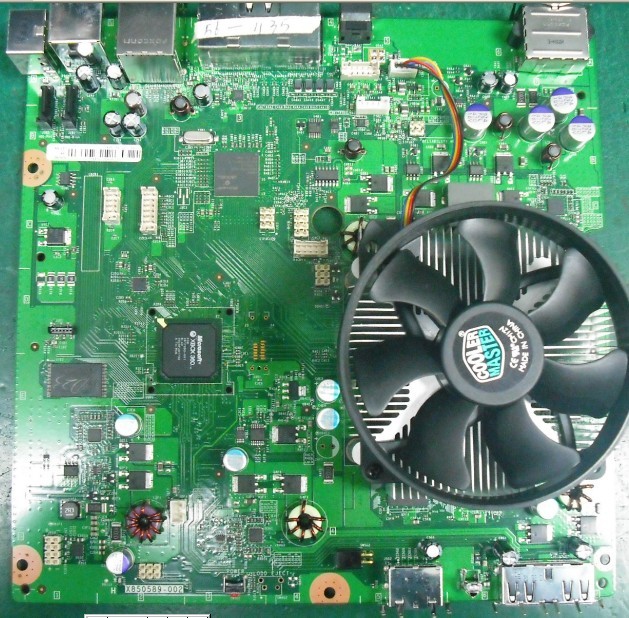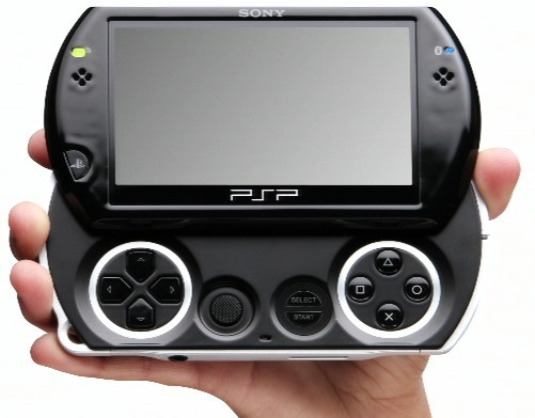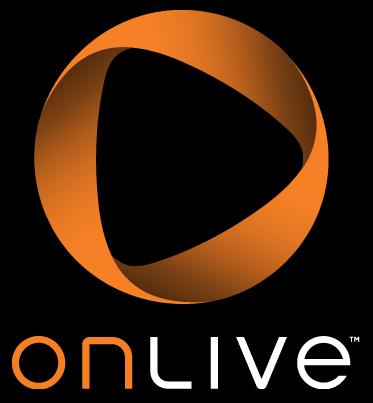 Video game systems are more like computers than ever, with PC-like power and connectivity to the Web and to other hardware. It’s all wonderful, but it’s causing console makers to draw and redraw lines in the sand on what you’re allowed to do with these powerful machines.
Video game systems are more like computers than ever, with PC-like power and connectivity to the Web and to other hardware. It’s all wonderful, but it’s causing console makers to draw and redraw lines in the sand on what you’re allowed to do with these powerful machines.
The latest news on this front comes from Sony, with the announcement that it will kill the Playstation 3’s little-known “Install Other OS” feature with a firmware update on April 1. The feature allowed users to install Linux distributions on the PS3 and run “hundreds of familiar applications for home and office use,” according to Sony’s Web page on open platforms for the console, which you can still read.
Sony already stopped including the feature on the PS3 Slim, released in September, but this firmware update will apply to all PS3 models. Spokesman Patrick Seybold said Sony axed the feature due to “security concerns,” but elaborated no further. However, hacker George Hotz, who is best known for his iPhone jailbreaks and who released the first-ever PS3 hack earlier this year, thinks he had something to do with it. He apologized to PS3 Linux users on his blog, saying he “weighed the pros and cons, and considered the possibility of an impact on OtherOS support” before releasing the hack, which could potentially be used to pirate games.
In theory, I like the idea of gaming consoles as open systems, in which users can experiment with the hardware and software without fear of persecution by the console maker. Amazing things can come from user ingenuity, like the Wii Remote-powered interactive whiteboard and a thriving Wii homebrew scene. But companies worry, for good reason, that letting users do whatever they please opens the door to piracy, cheating and other exploits. Microsoft uses that rationale to outlaw modified consoles from Xbox Live, and presumably will require a specially-made partition on external USB storage for the same reason.
Regardless of whose argument you prefer, I think we can all agree that it’s wrong of Sony to remove an advertised feature of the Playstation 3. I wonder if the company did a cost-benefit analysis of locking down the console at the expense of people who bought it based on its open platform support.









